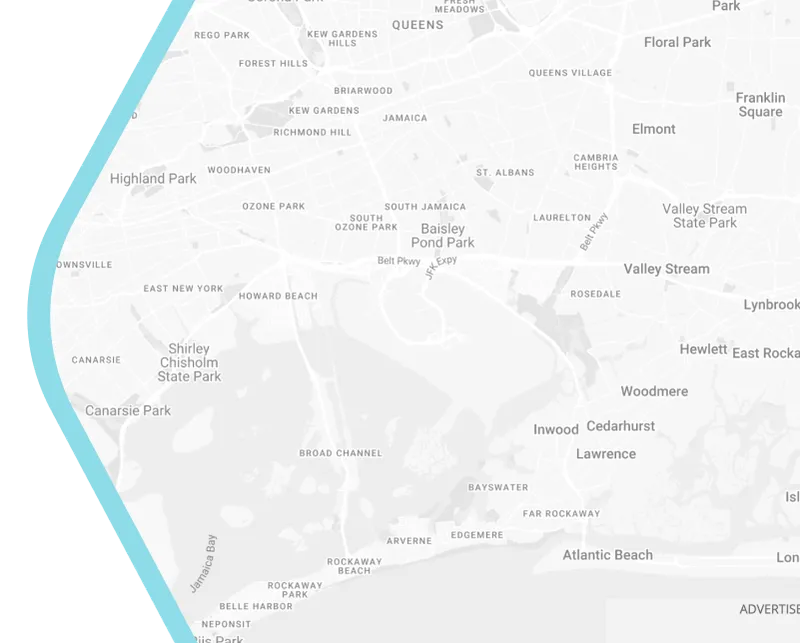
Creating Space for Play: Child-friendly Cities
Proximity to services, education and employment opportunities are the main attraction to city living. These factors are also the reason young families choose the city centre as their home. However, the city centre may not always be suitable for raising children, as the main trend of families still choose suburban living. One indicator of the lack of inclusivity for children in the city area is the inadequate play area for them. Having sufficient options of play area is crucial in children’s development as it encourages their physical, social, and cognitive growth. Furthermore, a friendlier city for children has a significant effect on building strong neighbourhoods and communities.
Krishnamurthy (2019) explains some strategies that can support families living in the city. First, creating a safer environment especially the streets, for example making bike infrastructure safer and slowing down the traffic. Second, creating not only more areas for play such as parks and playgrounds but also improving the quality by providing various options of use in the space. Parks, in their design, sometimes neglect the space for parents to wait and observe their children. Playgrounds often forget the space for older children to socialise and play with their friends. Lastly, the city can encourage social interaction in the neighbourhood by organising events and programs that include parents and children of all ages.
Reference
Krishnamurthy, S. (2019). Reclaiming spaces: child inclusive urban design. Cities & Health, 3(1-2), 86-98.
